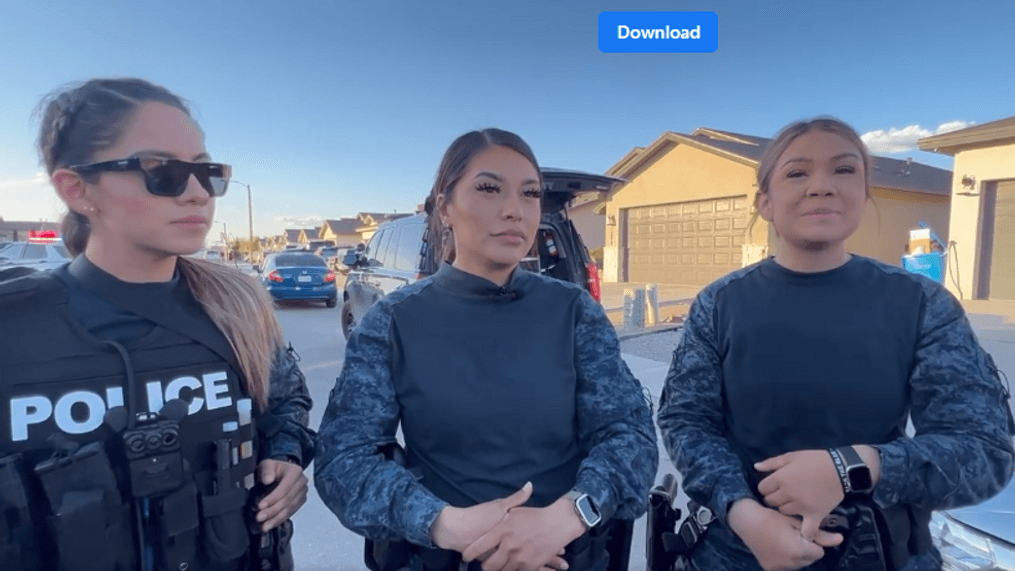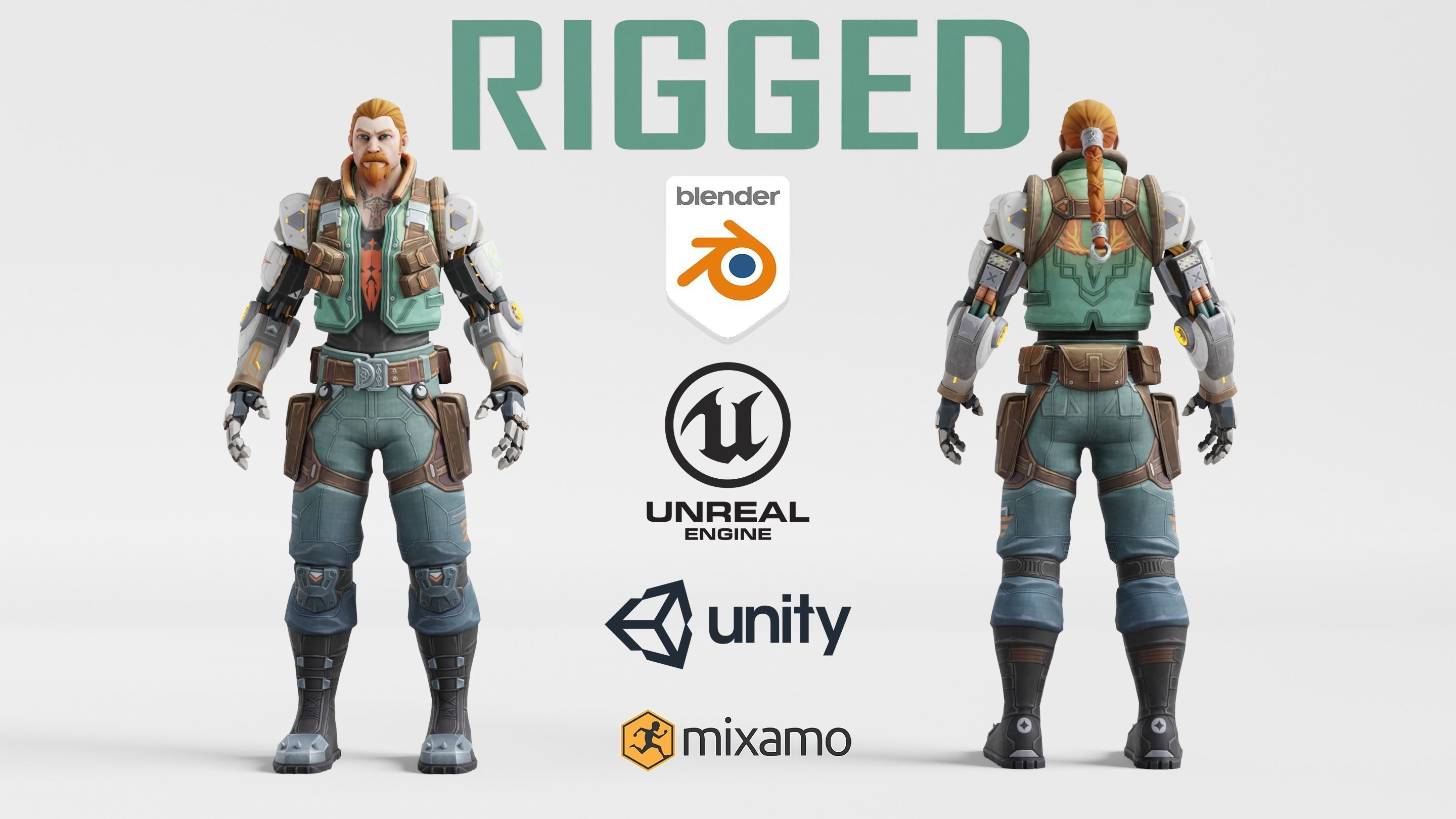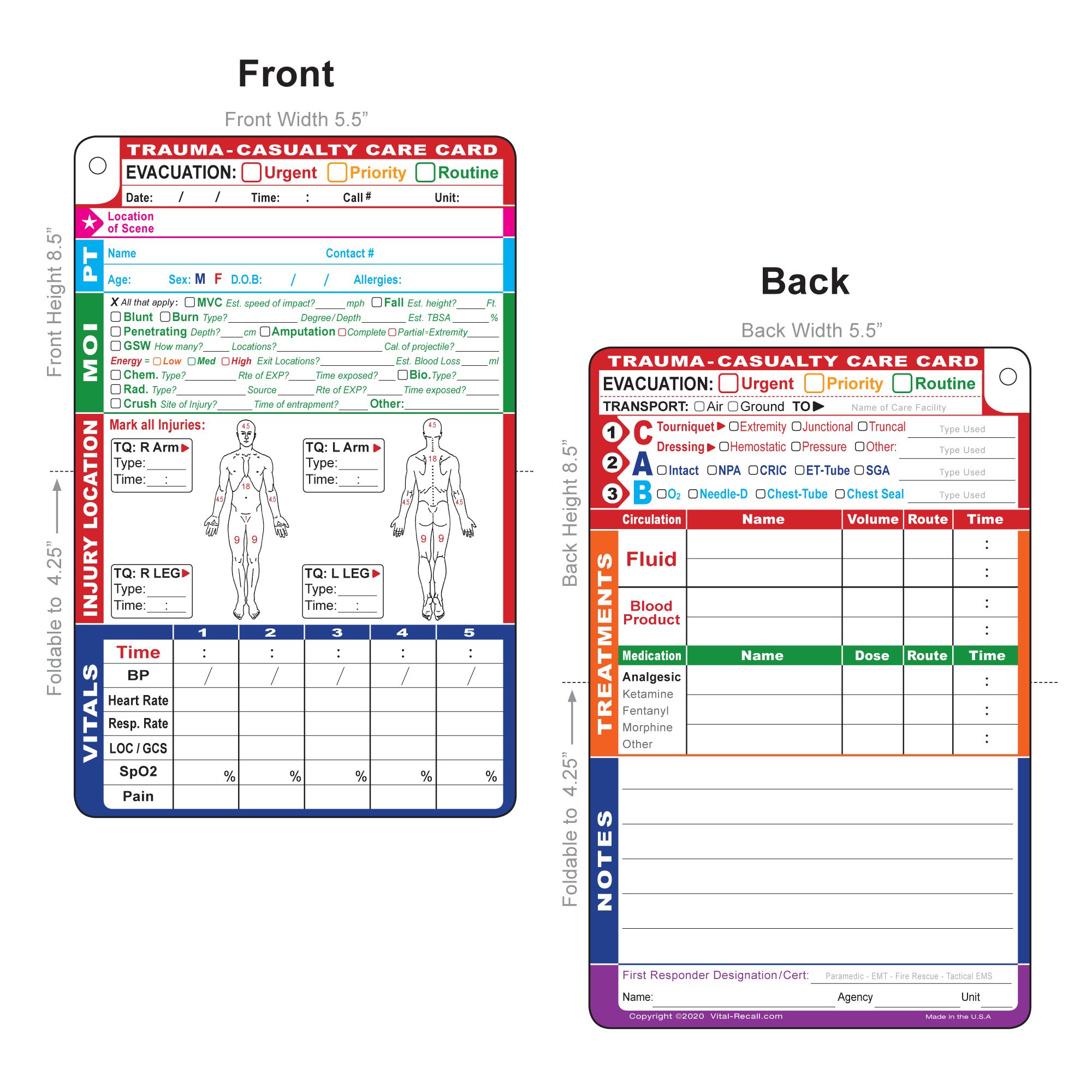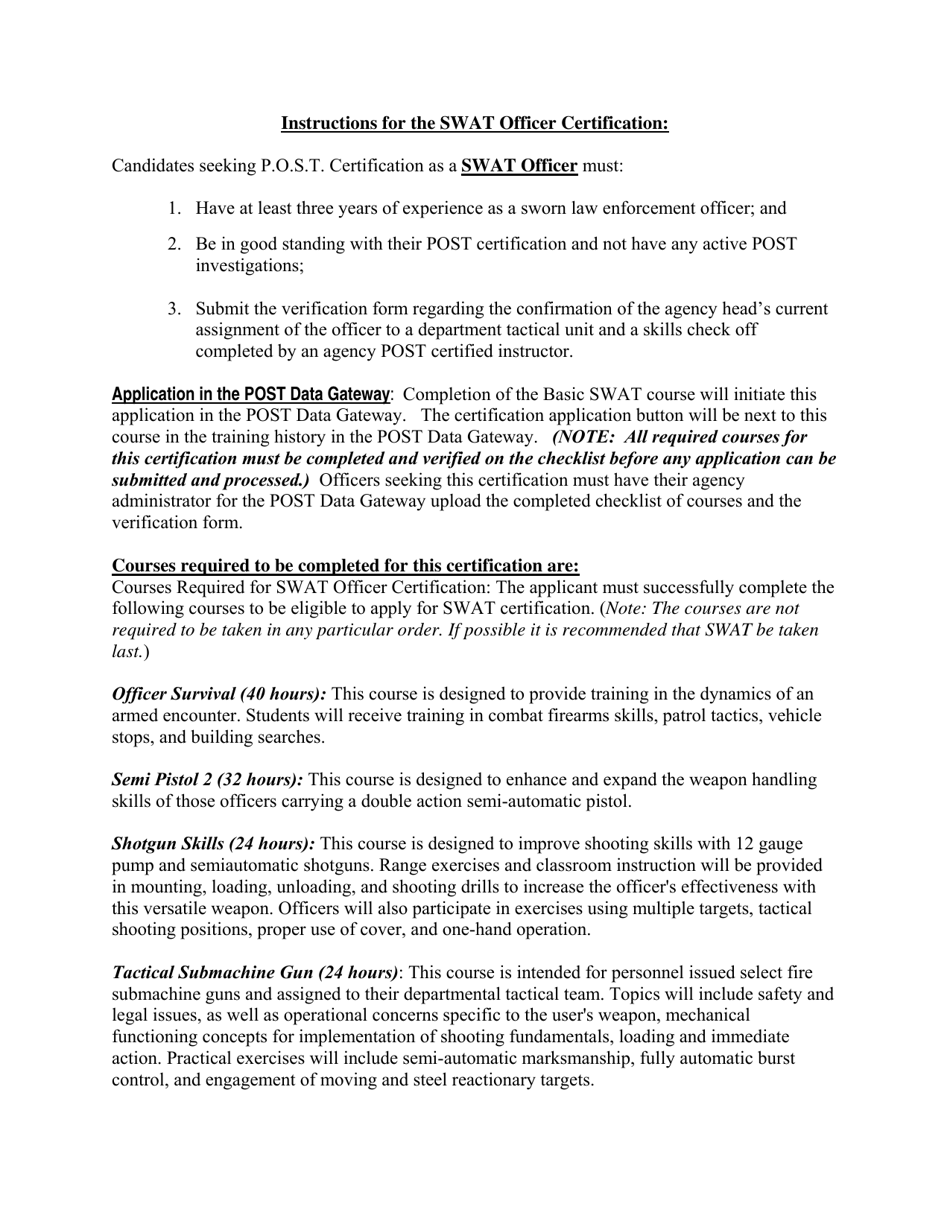5 Forms SWAT Officers Regularly Fill Out

SWAT (Special Weapons and Tactics) officers are often at the forefront of critical law enforcement operations, where detailed documentation is not just a bureaucratic necessity but a crucial aspect of their job. Understanding the various forms these officers fill out can give insights into the operational and administrative demands of such elite units. Here's a look at five common forms SWAT officers regularly encounter:
1. Operation Planning Form

The Operation Planning Form is a cornerstone document for any SWAT operation. This form typically includes:
- Objective: Clearly stating the mission's goal.
- Personnel Involved: Listing all team members with their roles and responsibilities.
- Equipment Checklist: A detailed inventory of required gear.
- Risk Assessment: Identification of potential hazards and mitigation plans.
- Communication Plan: How communication will be managed during the operation.
💡 Note: Completing this form comprehensively ensures that all team members are on the same page, reducing the risk of operational failures.
2. After Action Report (AAR)

An After Action Report is crucial for reviewing the effectiveness of an operation. It includes:
- Operation Summary: A brief recap of the mission.
- Execution: How the operation was carried out compared to the plan.
- Performance Review: Assessment of team performance, both successes and areas for improvement.
- Lessons Learned: Insights gained that can be applied to future missions.
- Recommendations: Suggestions for tactical or procedural adjustments.
💡 Note: A thorough AAR helps in refining strategies and tactics, ensuring SWAT teams evolve and adapt continuously.
3. Incident Report

Following any significant incident, SWAT officers are required to file an Incident Report. This form captures:
- Date, Time, and Location: Where and when the incident occurred.
- Parties Involved: Names of all parties involved, including suspects, victims, and officers.
- Narrative: A detailed account of the events leading up to, during, and after the incident.
- Use of Force: Documentation of any force applied, with justifications.
- Witness Statements: Summaries or quotes from witnesses.
💡 Note: Accuracy and detail in incident reporting are vital for legal proceedings, internal reviews, and public transparency.
4. Equipment and Supply Requisition Form

SWAT operations require specialized equipment. Officers must regularly fill out:
- Item Description: Detailed information about each requested item.
- Quantity: How many of each item are needed.
- Justification: The operational need for each piece of equipment.
- Estimated Cost: A projected expense for budget considerations.
- Approval Signatures: Sign-offs from supervisors or department heads.
| Equipment | Description | Quantity | Estimated Cost |
|---|---|---|---|
| Body Armor | Level III | 5 | $5,000 |
| Breach Kit | Halligan Tool, battering ram | 2 | $1,200 |

💡 Note: Proper equipment requisition ensures that SWAT teams are adequately equipped for various tactical scenarios.
5. Training and Qualifications Record

SWAT officers must maintain high levels of training. This form tracks:
- Training Activities: List of training sessions completed.
- Date of Completion: When each training was completed.
- Qualifications Earned: Certifications or qualifications obtained.
- Performance Evaluations: Feedback on officer performance during training.
- Need for Further Training: Identified areas where additional training is necessary.
Regular updates and reviews of this form ensure that SWAT officers remain prepared for high-risk situations.
Recapping the Importance of Documentation

The meticulous filling out of these forms is not just a procedural task; it is integral to the efficiency, safety, and success of SWAT operations. From planning operations to post-mission reviews, these documents provide a structured approach to handling critical law enforcement tasks. They ensure that all team members understand their roles, that the necessary resources are in place, and that every mission provides learning opportunities for future improvement.
Detailed records from operation planning to incident reports also play a crucial role in:
- Maintaining accountability and transparency within the department.
- Offering valuable data for both internal analysis and external accountability, such as during court proceedings.
- Supporting team training and development, by identifying strengths and areas for improvement.
Why is proper documentation so crucial for SWAT operations?

+
Documentation helps maintain operational integrity, ensures all legal and procedural requirements are met, and facilitates training and improvement by reviewing past operations. It’s essential for accountability and transparency within the unit and to external oversight bodies.
Can SWAT officers still respond quickly despite the need for paperwork?

+
SWAT operations are structured to allow for swift action. Pre-mission paperwork like the Operation Planning Form is done in advance, and post-mission documentation like the AAR can be completed after the immediate threat has been addressed. Additionally, many forms are designed for efficiency to not delay critical operations.
How does the Equipment Requisition Form affect SWAT operations?

+
The Equipment Requisition Form ensures that SWAT officers have the necessary gear for their operations. Timely and accurate requests lead to better-prepared teams capable of responding effectively to high-risk situations. It also ensures budget constraints and logistical planning align with operational needs.